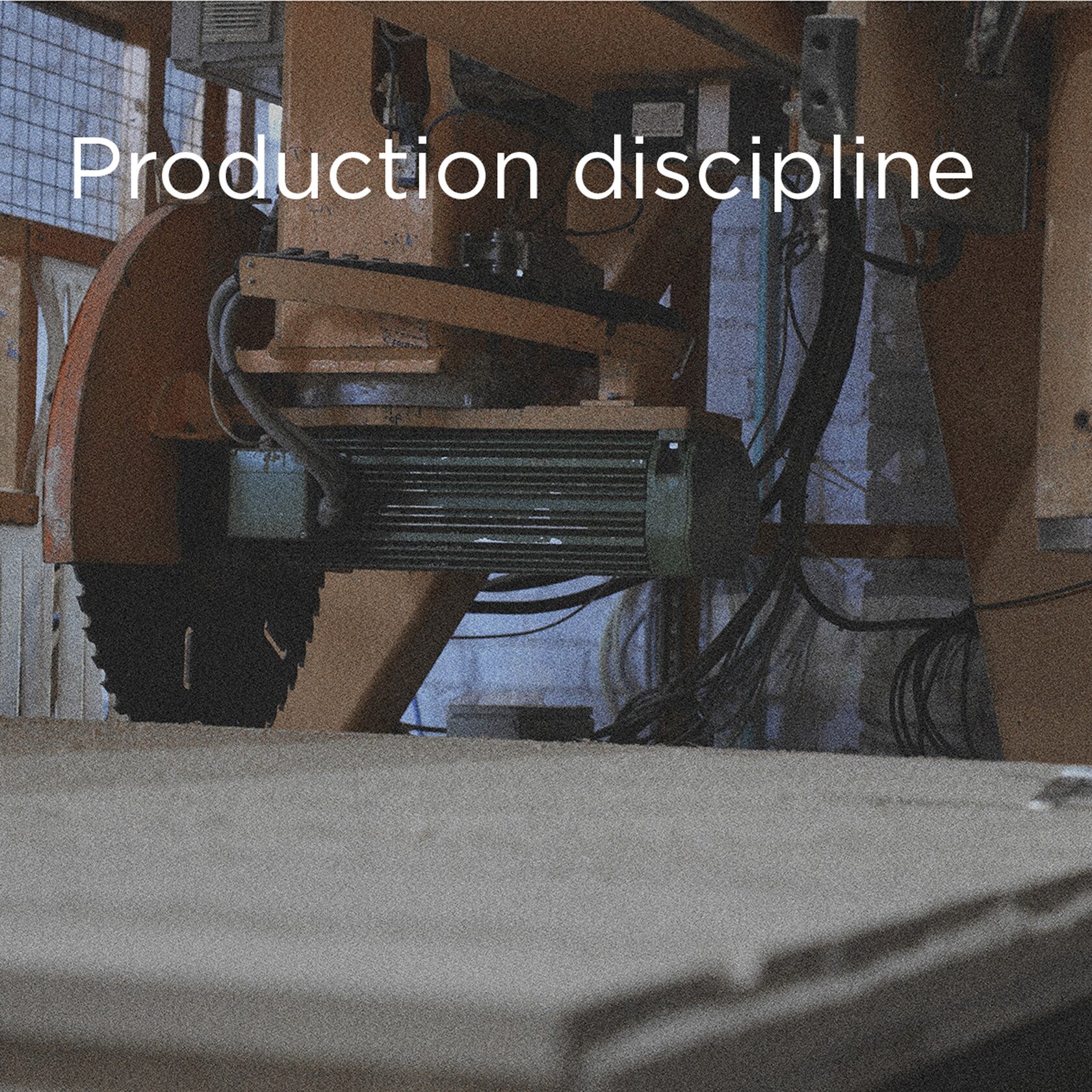Last years have ushered in unprecedented challenges for the construction industry.
Manufacturers are navigating through a myriad of obstacles, including soaring raw material costs, the lingering effects of the COVID-19 pandemic, labor shortages, fluctuating interest rates, inflationary pressures, and a surge in diesel and fuel prices.
Developers, who are the cornerstone of many modular and component factories, continue to experience strong demand for affordable housing. However, the mounting barriers to entry in this market, coupled with already elevated costs per square meter, present potential hurdles for manufacturers heavily reliant on housing development.
In today's landscape, manufacturers must strategically manage their resources, diligently handle accounts receivable, and exert extra effort to ensure timely delivery. We stand on the brink of a potential housing market downturn, where profit margins will be slim, and amidst price fluctuations, some developers may consider canceling orders, halting projects, or seeking deposit refunds.
For factories, the worst-case scenario entails disruptions to projects already in the production pipeline. Rigorous scrutiny is now essential for all new clients and developers. The repercussions of a major project going off track could spell financial ruin and bankruptcy for a company.
Many are preparing for a slowdown and expressing apprehension about an impending recession. Those who fail to heed the lessons of the past are doomed to repeat them. While some draw parallels between the current economic downturn and that of 2008, it's crucial to recognize that we didn't face such high levels of inflation and frequent interest rate hikes back then.
Orders linked to tourism and rural housing, spurred by the pandemic, are poised to diminish. Before entering into new contracts, it's imperative to meticulously review all expenses, devise a robust plan, and carefully weigh each decision to ensure your company is shielded from potential pitfalls.
Surviving the challenges of the next few years will require discipline and a return to the fundamental principles of production management.
Manufacturers are navigating through a myriad of obstacles, including soaring raw material costs, the lingering effects of the COVID-19 pandemic, labor shortages, fluctuating interest rates, inflationary pressures, and a surge in diesel and fuel prices.
Developers, who are the cornerstone of many modular and component factories, continue to experience strong demand for affordable housing. However, the mounting barriers to entry in this market, coupled with already elevated costs per square meter, present potential hurdles for manufacturers heavily reliant on housing development.
In today's landscape, manufacturers must strategically manage their resources, diligently handle accounts receivable, and exert extra effort to ensure timely delivery. We stand on the brink of a potential housing market downturn, where profit margins will be slim, and amidst price fluctuations, some developers may consider canceling orders, halting projects, or seeking deposit refunds.
For factories, the worst-case scenario entails disruptions to projects already in the production pipeline. Rigorous scrutiny is now essential for all new clients and developers. The repercussions of a major project going off track could spell financial ruin and bankruptcy for a company.
Many are preparing for a slowdown and expressing apprehension about an impending recession. Those who fail to heed the lessons of the past are doomed to repeat them. While some draw parallels between the current economic downturn and that of 2008, it's crucial to recognize that we didn't face such high levels of inflation and frequent interest rate hikes back then.
Orders linked to tourism and rural housing, spurred by the pandemic, are poised to diminish. Before entering into new contracts, it's imperative to meticulously review all expenses, devise a robust plan, and carefully weigh each decision to ensure your company is shielded from potential pitfalls.
Surviving the challenges of the next few years will require discipline and a return to the fundamental principles of production management.
